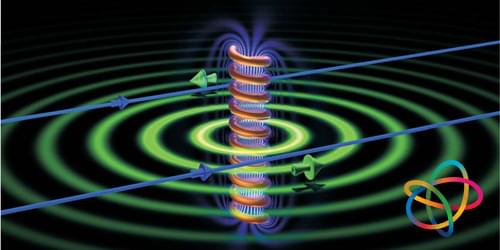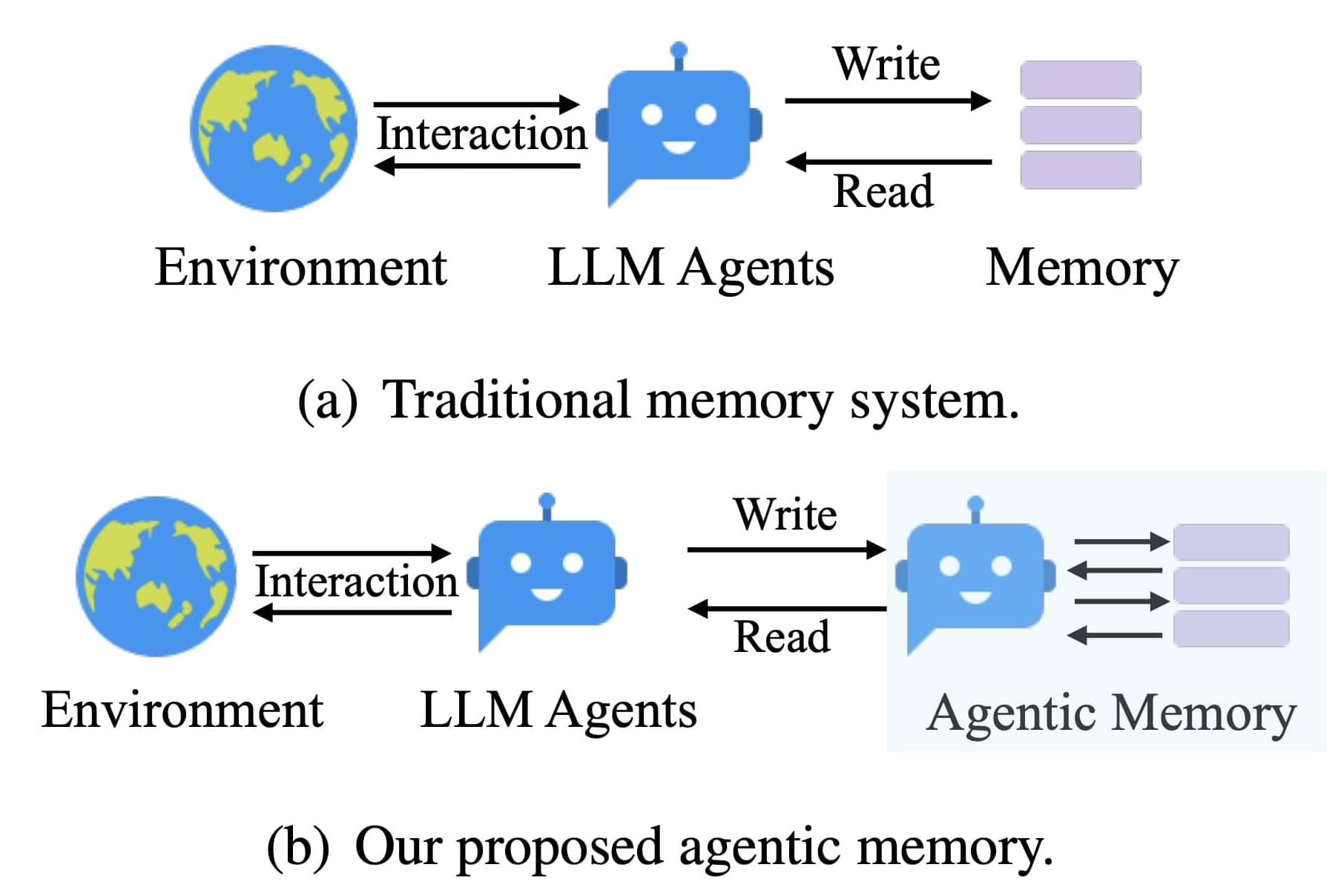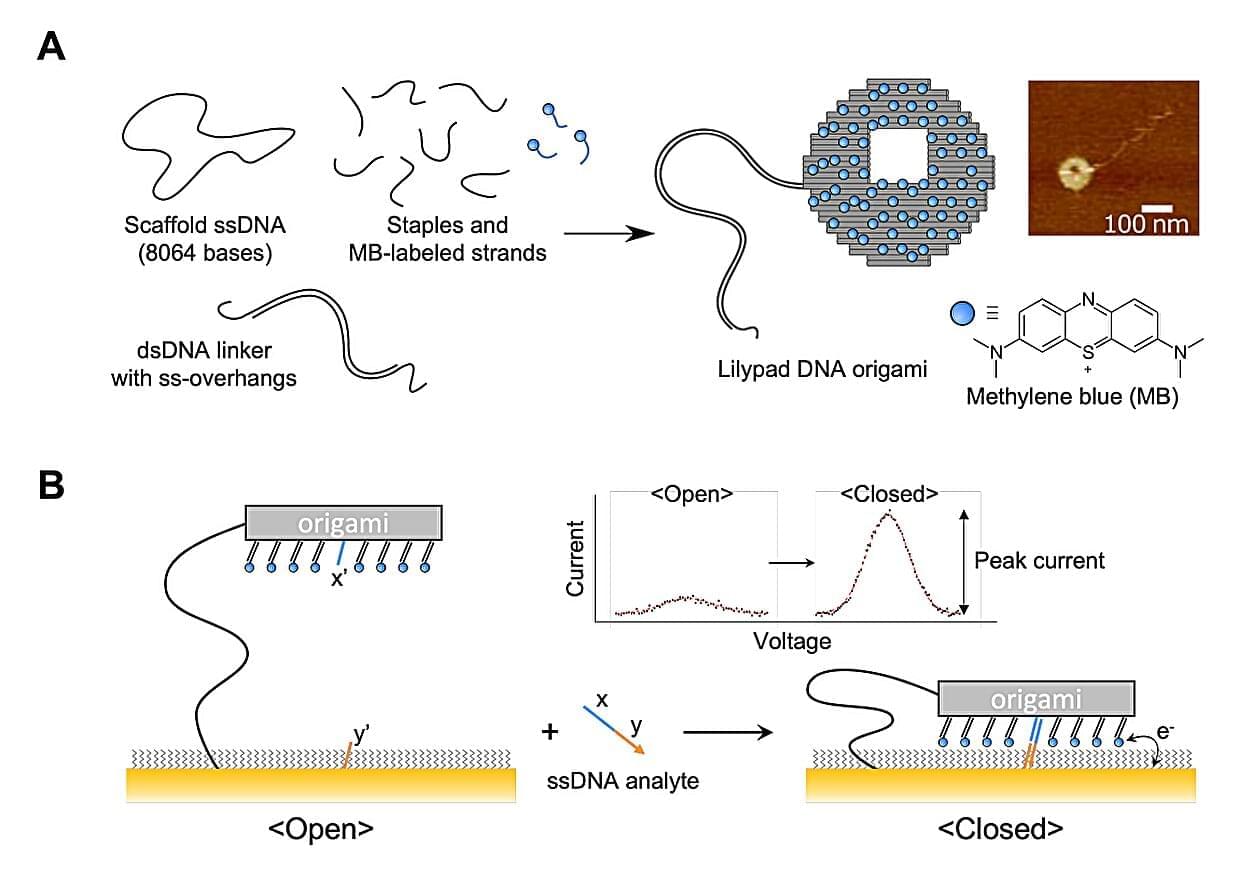In human engineering, we design systems to be predictable and controlled. By contrast, nature thrives on systems where simple rules generate rich, emergent complexity. The computational nature of the universe explains how simplicity can generate the complexity we see in natural phenomena. Imagine being able to understand everything about the universe and solve all its mysteries by a computational approach that uses very simple rules. Instead of being limited to mathematical equations, using very basic computational rules, we might be able to figure out and describe everything in the universe, like what happened at the very beginning? What is energy? What’s the nature of dark matter? Is traveling faster than light possible? What is consciousness? Is there free will? How can we unify different theories of physics into one ultimate theory of everything?
This paradigm goes against the traditional notion that complexity in nature must arise from complicated origins. It claims that simplicity in fundamental rules can produce astonishing complexity in behavior. Entering the Wolfram’s physics project: The computational universe!
Thousands of hours have been dedicated to the creation of this video. Producing another episode of this caliber would be difficult without your help. If you would like to see more, please consider supporting me on / disculogic, or via PayPal for a one-time donation at https://paypal.me/Disculogic.
Chapters:
00:00 Intro.
01:48 Fundamentally computational.
08:51 Computational irreducibility.
13:14 Causal invariance.
16:16 Universal computation.
18:44 Spatial dimensions.
21:36 Space curvature.
23:52 Time and causality.
27:12 Energy.
29:38 Quantum mechanics.
31:31 Faster than light travel.
34:56 Dark matter.
36:30 Critiques.
39:15 Meta-framework.
41:19 The ultimate rule.
44:21 Consciousness.
46:00 Free will.
48:02 Meaning and purpose.
49:09 Unification.
55:14 Further analysis.
01:02:30 Credits.
#science #universe #documentary





